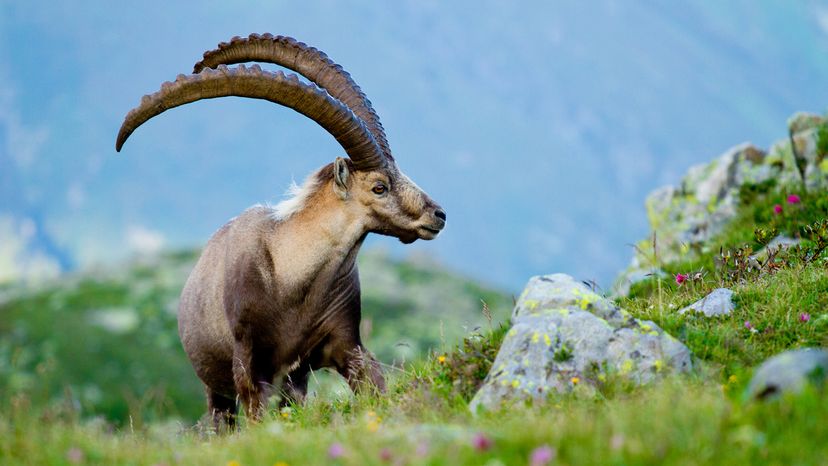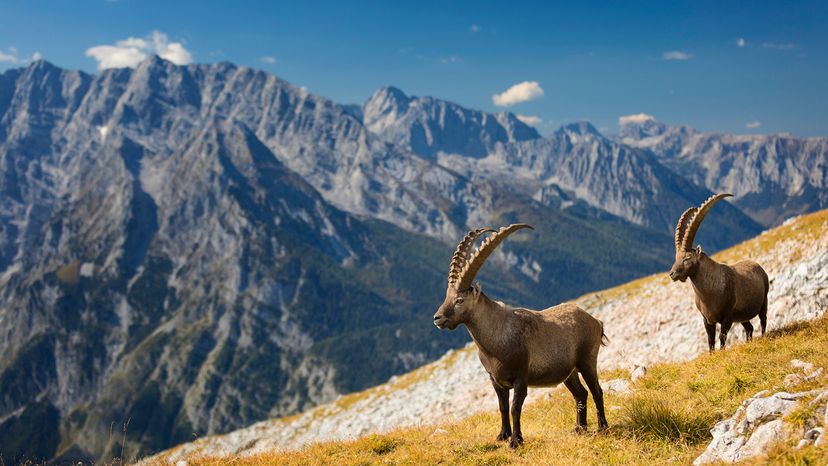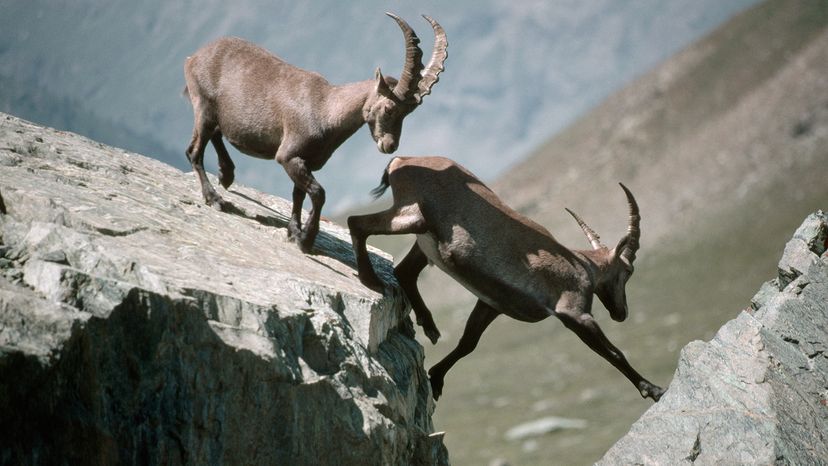
Found in the steep, rocky peaks of the European Alps, Alpine ibexes are wild goats that are masters of navigating near-vertical cliffs. A BBC video showing an ibex climbing a seemingly impossibly steep dam has over 228 million views on YouTube. This skill allows the Alpine ibex animal (Capra ibex) to traverse steep, rocky slopes where fewer predators dare to follow.
The Alpine ibex's climbing ability is aided by the shape of their hooves, which have sharp, grippy edges and soft, concave undersides that act like suction cups. They also have muscular legs and steady sense of balance.
Advertisement

